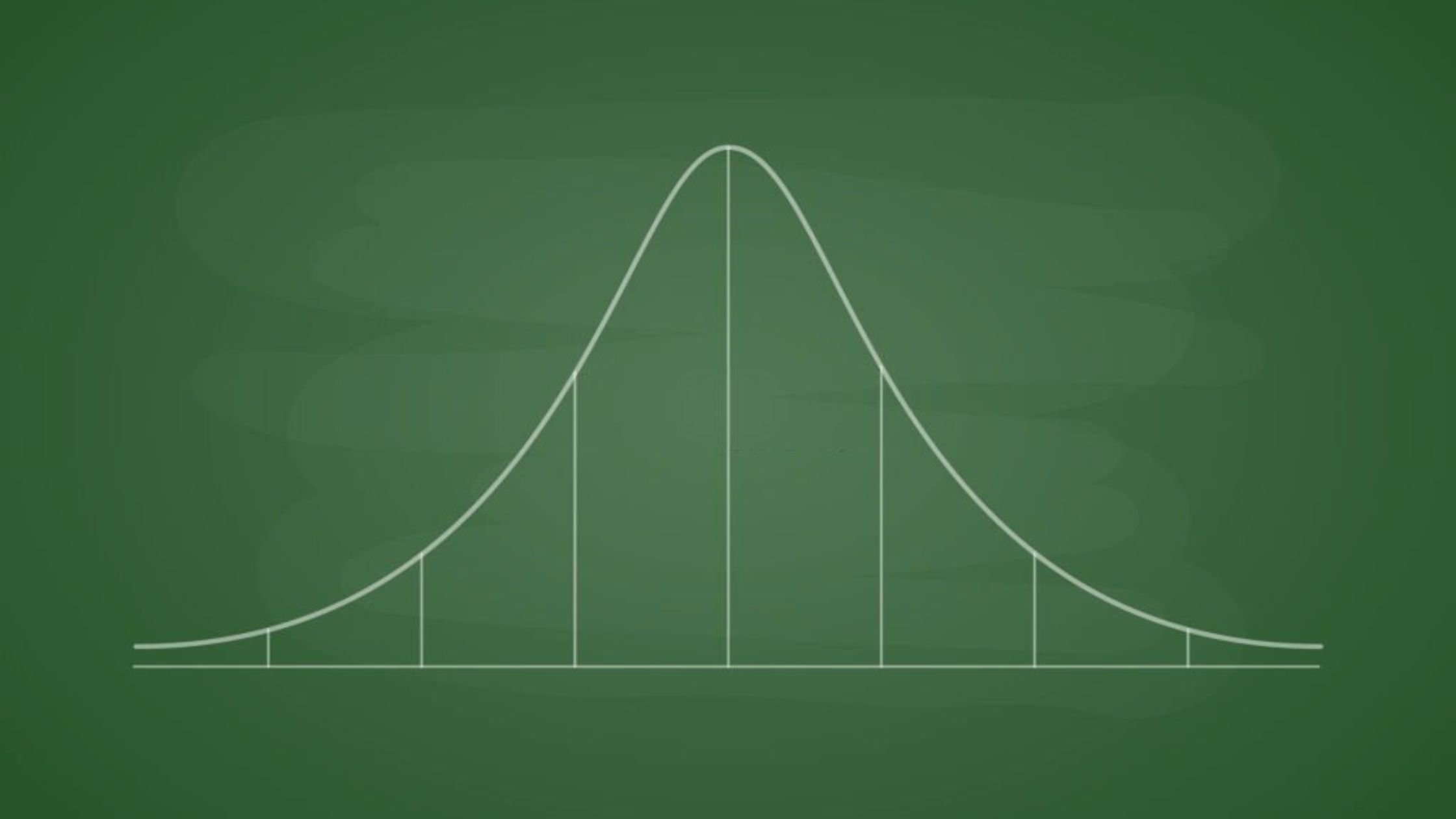

A project scope statement is a critical document that defines the objectives, deliverables, and boundaries of a project. It acts as a foundation for project planning and execution.
This process outlines the reason for the project, the work that will be delivered throughout, and the goals and outcomes of the project. The PMP Define Scope process aims to finish the project scope after meeting the customer requirements that were documented during the Collect Requirements stage.
The project scope statement outlines the expectations that must be completed in the project. Once the scope is produced, each project stakeholder will have to agree to in-scope items. This statement outlines what will be delivered by the completion date of the project.
The scope baseline is a project baseline, while the Scope Statement, Work Breakdown Structure, and Work Breakdown Structure Dictionary contribute to the scope baseline. This structure will outline the priority of each project deliverable. The Project Scope Statement is not a management plan itself, but an essential document that outlines the scope of the project step by step.
To create an effective project scope statement, there are five key items that should be included:
1. Project Objectives
Clearly state the project’s objectives and what it aims to achieve. This provides a clear direction and helps align the project team and stakeholders towards a common goal.
2. Deliverables
List the specific deliverables that will be produced or completed during the project. These can be tangible products, documents, or outcomes that are measurable and can be reviewed for quality.
3. Project Scope Boundaries
Define the boundaries of the project by explicitly stating what is included and what is not included. This helps manage expectations and prevents scope creep, ensuring that the project stays focused and manageable.
4. Assumptions and Constraints
Identify the key assumptions and constraints that may impact the project. Assumptions are factors or conditions that are believed to be true but are uncertain, while constraints are limitations or restrictions that affect the project’s execution.
5. Project Approval and Sign-off
Include a section for project approval and sign-off. This ensures that the project scope statement has been reviewed and approved by the relevant stakeholders, establishing a formal agreement on the project’s objectives and boundaries.
Benefits of a Comprehensive Project Scope Statement
Creating a comprehensive project scope statement offers several benefits:
- Clear communication: The scope statement ensures that all stakeholders have a common understanding of the project’s objectives and boundaries, reducing misunderstandings and conflicts.
- Accurate planning: With a well-defined scope, project planning becomes more accurate, allowing for better estimation of resources, timeframes, and costs.
- Scope control: A clearly defined scope helps in managing scope changes effectively and prevents scope creep, keeping the project on track.
- Stakeholder alignment: The scope statement brings stakeholders together, aligning their expectations and fostering collaboration and support throughout the project.
- Improved project success: A comprehensive scope statement increases the chances of project success by setting clear objectives, deliverables, and boundaries, providing a solid foundation for project execution.
Sign-up for a 7-day free trial! Try the first two modules of Brain Sensei’s story-based PMP and CAPM Exam Prep courses and a mini practice exam and see how it all works
Conclusion
A project scope statement is a vital document that outlines the key components and boundaries of a project. By including the five essential items mentioned above, project managers can ensure clarity of objectives, effective communication, and successful project outcomes.
Have you led projects and are looking to earn a project management certification? You might be interested in learning about how lucrative this can be. Check out these articles.
13 PMP Benefits Once You Get The PMP Certification
No experience leading projects but still want to get into project management? No problem! Check out these articles.
CAPM Certification Eligibility
What is a Certified Project Manager; How do I get PM Certifications


